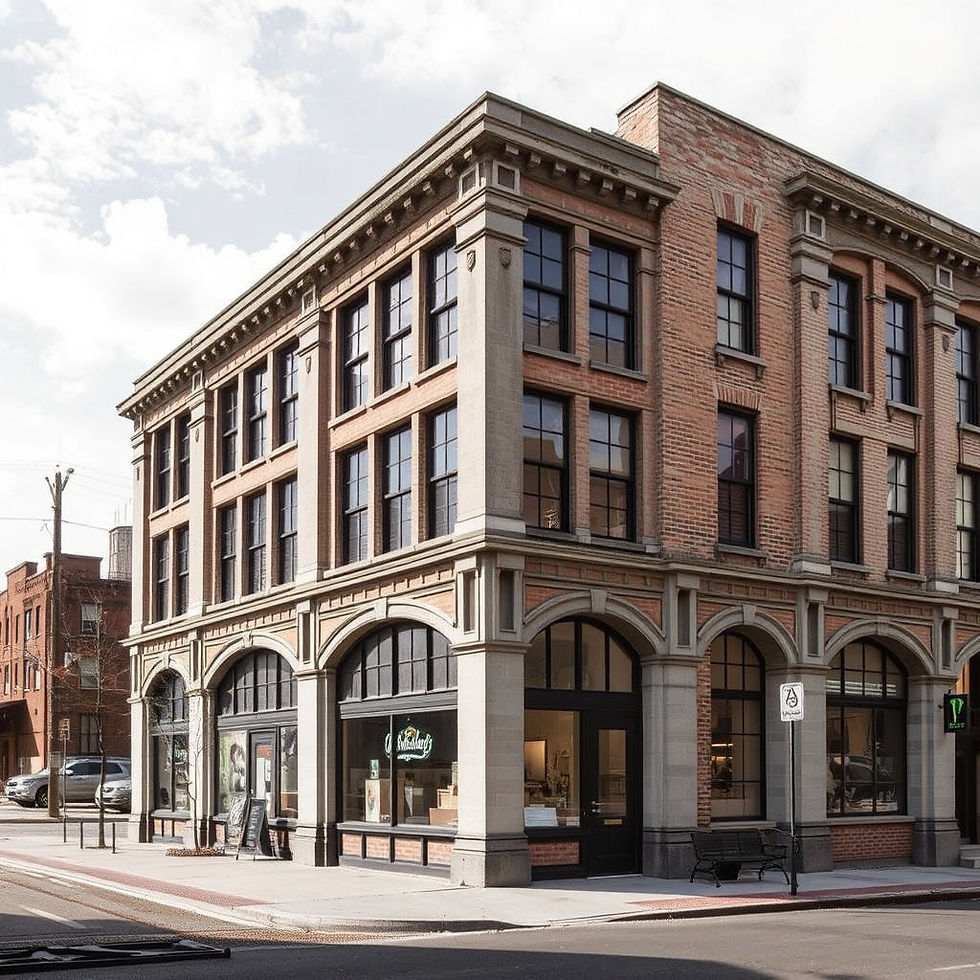What is the Point of a Feasibility Study?
- Phase Zero
- Dec 8, 2023
- 3 min read
Updated: Oct 11
When planning a construction project, renovation, or property development, understanding whether your idea is practical, profitable, and sustainable is critical. This is where a feasibility study comes in. But what is the point of a feasibility study, and why is it considered an essential first step in any project?
1. Defining a Feasibility Study
A feasibility study is a detailed assessment that evaluates the viability of a proposed project. It examines whether a project can be successfully completed, taking into account technical, financial, legal, and operational factors.
Unlike a simple concept or business plan, a feasibility study tests the practicality of an idea before significant time, money, or resources are invested.
2. The Key Objectives of a Feasibility Study
A. Assess Practicality
Determines whether the project can be executed with the available resources, technology, and expertise.
Identifies potential technical challenges, such as site constraints, structural issues, or zoning restrictions.
B. Evaluate Financial Viability
Estimates construction costs, operating costs, and revenue potential.
Assesses whether the project generates sufficient return on investment (ROI) or meets budget expectations.
Helps secure funding or investment by providing lenders with evidence of project viability.
C. Identify Risks and Challenges
Highlights legal, environmental, or regulatory hurdles.
Predicts potential market or demand fluctuations that could impact success.
Suggests risk mitigation strategies before committing resources.
D. Inform Decision-Making
Provides data-driven insights to support informed choices about whether to proceed, modify, or abandon a project.
Ensures stakeholders understand limitations, opportunities, and realistic outcomes.
E. Establish a Project Roadmap
Outlines key steps, timelines, and resource requirements.
Helps create a structured implementation plan, avoiding costly delays or errors.
3. Components of a Feasibility Study
A comprehensive feasibility study often includes:
Technical Feasibility: Can the project be built with available technology, materials, and expertise?
Economic Feasibility: Cost estimates, ROI analysis, and funding requirements.
Legal Feasibility: Compliance with planning permission, building regulations, zoning laws, and environmental standards.
Operational Feasibility: How the project will function once completed — staffing, maintenance, and logistics.
Market Feasibility: Demand analysis, competition assessment, and projected growth.
4. Why a Feasibility Study Is Important in Architecture and Construction
Avoids Costly Mistakes: Prevents investment in impractical designs or unviable projects.
Supports Planning Permission Applications: Provides evidence that the project is viable, increasing the likelihood of approval.
Improves Stakeholder Confidence: Demonstrates professionalism and due diligence to clients, investors, and lenders.
Facilitates Risk Management: Identifies potential problems early, reducing surprises during construction.
5. When Should You Conduct a Feasibility Study?
A feasibility study should be conducted before detailed design or construction begins. Common triggers include:
Planning a new build or extension.
Converting a property for commercial use.
Redeveloping underutilized land or buildings.
Exploring energy-efficient or innovative construction methods.
6. The Outcome of a Feasibility Study
The results can lead to one of three outcomes:
Proceed with Project: All factors are positive, and the project is viable.
Revise or Modify: Some challenges exist, but adjustments can make the project feasible.
Abandon Project: Risks outweigh potential benefits, or the project is financially or technically unviable.
Conclusion
The point of a feasibility study is simple: to test an idea before committing significant resources, ensuring a project is practical, financially viable, and legally compliant. By identifying challenges early and providing actionable insights, a feasibility study saves time, money, and effort while increasing the likelihood of project success.
For architects, developers, and homeowners, conducting a thorough feasibility study is not just a recommendation — it’s a critical step toward making smart, informed decisions in construction and property development.



